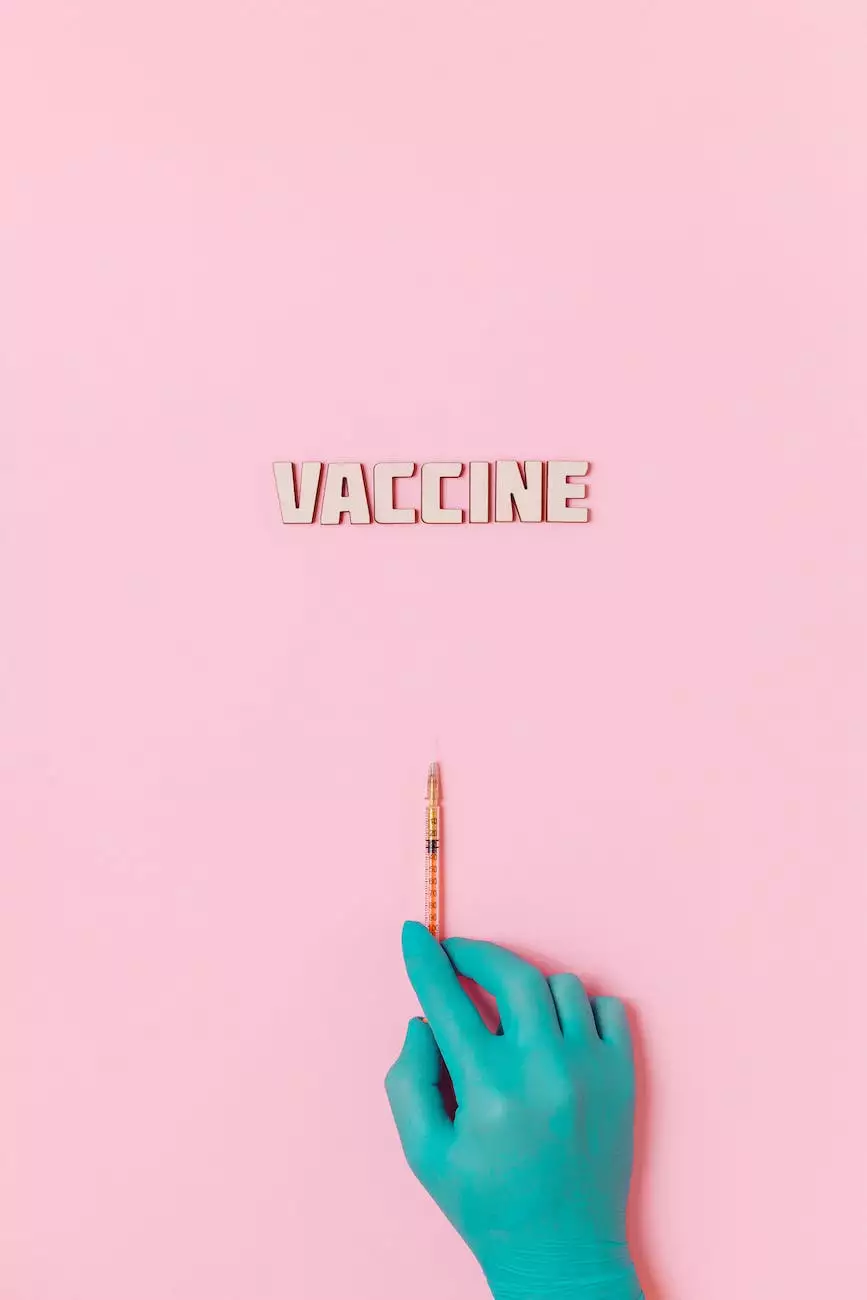How Healthcare Professionals Can Prepare for Flu Season
Clinical Trials
Welcome to Sexual Health Education & Economic Telehealth Services, your trusted source for comprehensive healthcare information and services. As flu season approaches, it is crucial for healthcare professionals to be prepared and proactive in safeguarding the health and well-being of their patients and staff. In this guide, we will explore essential measures and strategies to effectively combat the flu and minimize its impact on your healthcare facility.
Understanding the Flu and Its Impacts
The flu, also known as influenza, is a highly contagious respiratory illness caused by influenza viruses. It can lead to mild to severe illness, and in severe cases, it can even result in hospitalization or death. For healthcare professionals, flu season presents unique challenges due to the increased patient load and heightened risk of virus transmission. By taking proactive steps, you can significantly reduce the spread of flu within your facility and ensure the highest level of care for your patients.
Implementing a Vaccination Campaign
The most effective way to prevent the flu and its complications is through vaccination. As a healthcare professional, it is crucial to encourage and facilitate flu vaccinations for both your staff and patients. Consider implementing a comprehensive vaccination campaign that includes:
- Providing on-site vaccination clinics for staff and patients
- Offering educational resources to address common misconceptions and concerns about flu vaccines
- Collaborating with local pharmacies to ensure easy access to flu vaccines
- Tracking vaccination rates to identify gaps and target outreach efforts
Enhancing Hygiene Practices
Good hand hygiene and respiratory etiquette are paramount in preventing flu transmission. Educate your staff and patients on the importance of proper handwashing techniques and the proper way to cover coughs and sneezes. Consider implementing the following measures:
- Install hand sanitizing stations throughout your facility for easy access
- Provide hand hygiene training sessions for staff
- Display educational posters and signage promoting respiratory etiquette
- Encourage sick staff to stay home to minimize the risk of spreading the virus
Strengthening Infection Control Measures
To effectively prevent the spread of flu within your facility, it is crucial to implement robust infection control measures. Consider the following strategies:
- Ensure adequate availability of personal protective equipment (PPE) for staff
- Regularly disinfect high-touch surfaces and equipment
- Implement protocols for isolating patients with flu-like symptoms
- Educate staff on proper cleaning and disinfection techniques
Developing an Emergency Response Plan
In the event of a flu outbreak within your healthcare facility, having a well-defined emergency response plan is essential. This plan should outline procedures and protocols to effectively manage the situation and minimize its impact. Consider the following components:
- Designate a flu response team responsible for coordination and communication
- Establish protocols for identifying, isolating, and treating flu cases
- Define communication channels for updates and sharing information with staff
- Ensure access to necessary medical supplies and equipment
Partnering with Local Health Agencies
Collaborating with local health agencies can provide valuable support and resources in your efforts to combat the flu. Establish partnerships with local public health departments, healthcare coalitions, and community organizations to enhance your flu preparedness. Consider the following collaborative initiatives:
- Participating in joint vaccination campaigns and outreach events
- Sharing best practices and exchanging information with local health agencies
- Collaborating on public awareness campaigns to promote flu prevention
- Participating in flu surveillance efforts to monitor local flu activity
Continuing Education and Training
Continuous education and training are essential for healthcare professionals to stay updated on the latest developments in flu prevention and management. Encourage your staff to participate in relevant workshops, webinars, and conferences to enhance their knowledge and skills. Additionally, provide ongoing training sessions within your facility to reinforce best practices and address emerging challenges.
Monitoring and Evaluation
Regularly monitor and evaluate the effectiveness of your flu preparedness efforts. Collect data on vaccination rates, flu cases, and staff adherence to infection control measures. Analyze this information to identify areas of improvement and refine your strategies accordingly. Continuous monitoring and evaluation will help you maintain a proactive approach to flu season.
Conclusion
Preparing for flu season requires a comprehensive approach that involves vaccination campaigns, enhanced hygiene practices, infection control measures, emergency response planning, and partnerships with local health agencies. By following these strategies, healthcare professionals can effectively mitigate the impact of flu within their facilities and provide optimal care to their patients. Stay proactive, stay informed, and prioritize the health and safety of both your patients and staff.









